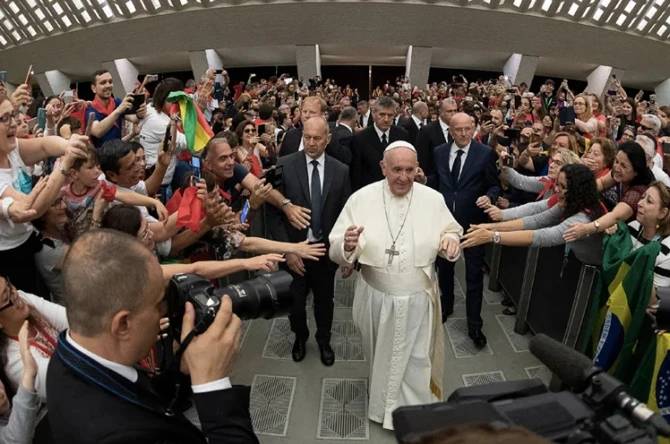The future of TV advertising is ‘targeted’ — industry experts
Television (TV) advertising is shifting toward addressable TV, a service that allows advertisers to show different ads to different audiences watching the same program, according to experts. The principle is addressability, said Jona Oboza, country manager for Southeast Asia and Korea at Pubmatic, a digital advertising technology provider. “When we’re trying to deliver a message […]

Television (TV) advertising is shifting toward addressable TV, a service that allows advertisers to show different ads to different audiences watching the same program, according to experts.
The principle is addressability, said Jona Oboza, country manager for Southeast Asia and Korea at Pubmatic, a digital advertising technology provider.
“When we’re trying to deliver a message through a device or browser to an individual, it has to have that ability to deliver a personalized message,” she said in a panel discussion at the Feb. 2 launch of Finecast, an addressable TV solution.
Finecast provides access to the entire addressable TV system, according to Kathryn Domingo, Finecast’s director in the Philippines.
“[It] coordinates the distribution and frequency across all broadcasters and screens to reach relevant audiences no matter where they are viewing,” Ms. Domingo said.
EVOLVING CONSUMER BEHAVIOR
The traditional definition of primetime, which refers to TV shows slated between 8-10 p.m., is blurring, said Vinchi Sy-Quia, deputy country head of PCCW-OTT Philippines, which provides video streaming services.
He shared at the forum that when PCCW-OTT had a simulcast of a Korean drama, “we saw a blip on our platform at 3 a.m., the time the Korean drama dropped.”
“People were waiting for the episode to drop, then they would wake up early [to] watch it,” he added.
“Today, all day is primetime, especially when you’re work-from-home and you got that flexibility,” Mr. Sy-Quia said. “Those peaks and valleys you used to see throughout the time of day, it’s narrowing now.”
Audience behavior has changed, agreed Eugenio Manuel “Jamie” G. Lopez IV, head of digital services at ABS-CBN.
“One of the things that’s happening is that it’s becoming more mobile-centric,” he noted.
“We also have to look at virtual viewing,” he added. “A lot of content is being consumed via portrait. You have the likes of TikTok, Reels, Shorts… It’s really exciting to see what’s going to happen next. How are the content producers going to evolve? How is consumption going to evolve?”
Southeast Asian brands that have used the power of storytelling through TV “have enjoyed high performance and profitable gains,” said Brett Poole, Finecast’s chief executive officer for the Asia-Pacific region.
“As the media ecosystem continues to evolve,” Mr. Poole noted, “TV ads continue to wield the greatest influence in generating the most positive brand impressions.” – Patricia B. Mirasol


















